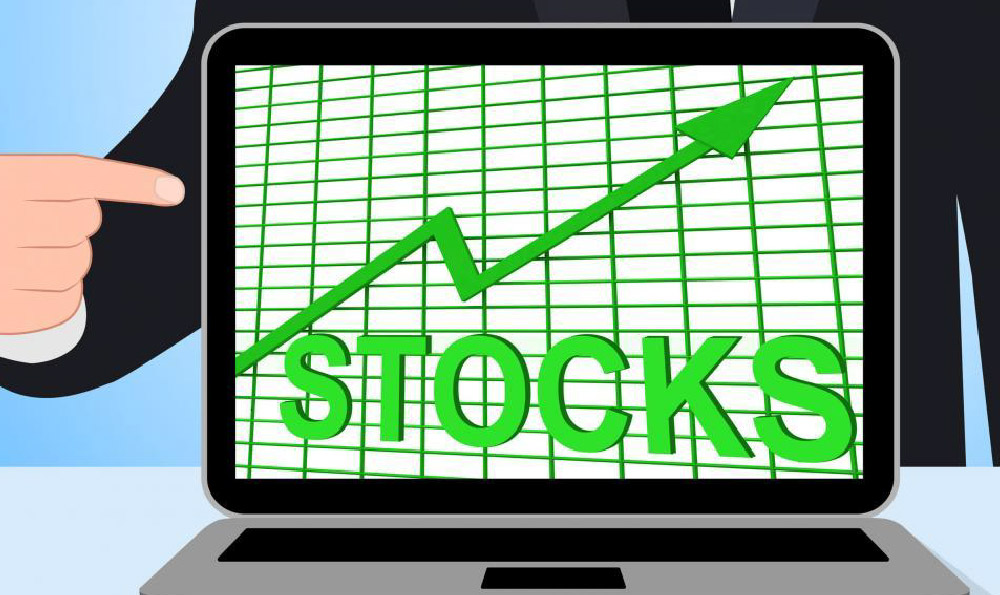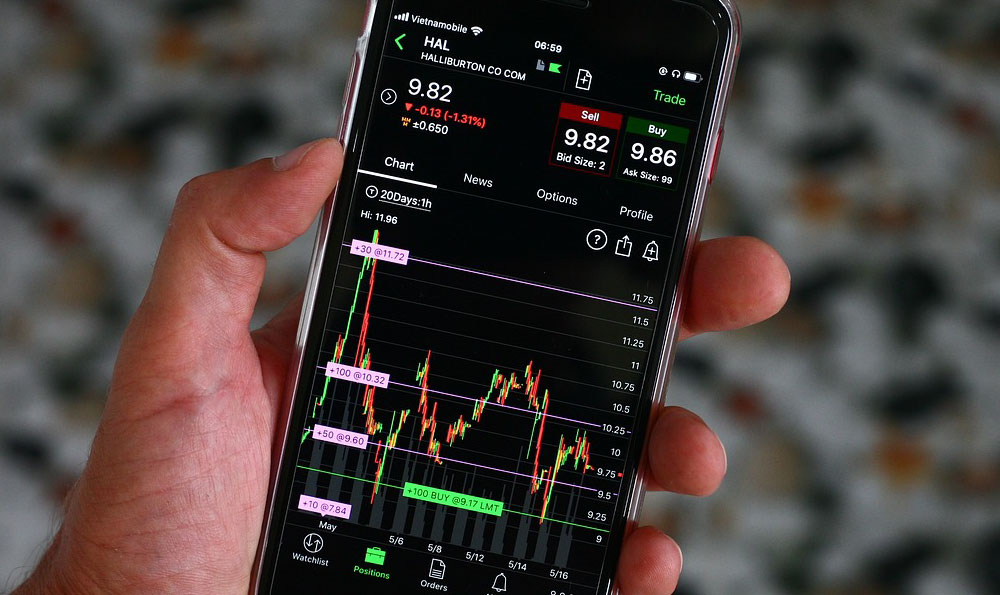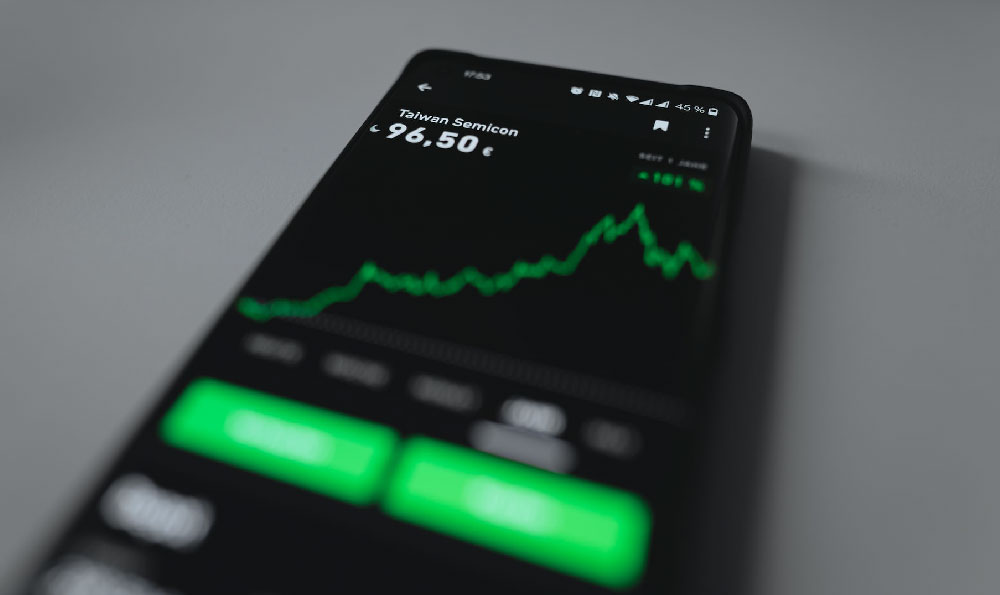Okay, I'm ready. Here's an article addressing the provided title "ETFs for Beginners: What & How to Invest?".
ETFs: A Beginner's Gateway to the World of Investing
The world of investing can seem daunting, filled with jargon, complex strategies, and the potential for significant risk. For those just starting out, navigating this landscape can feel overwhelming. But there's a powerful, accessible tool that has become a staple for both novice and seasoned investors alike: Exchange Traded Funds, or ETFs.

At its core, an ETF is essentially a basket of securities – stocks, bonds, commodities, or even a mix of all three – packaged into a single, tradable fund. Think of it like a pre-made portfolio, designed to track a specific index, sector, or investment strategy. This is in contrast to individual stocks, where you are betting on the performance of a single company, or mutual funds, which are actively managed by a fund manager, often incurring higher fees.
One of the most appealing aspects of ETFs is their inherent diversification. By investing in a single ETF, you gain exposure to a broad range of assets, mitigating the risk associated with putting all your eggs in one basket. For example, an ETF tracking the S&P 500 will automatically give you exposure to 500 of the largest publicly traded companies in the United States. This diversification is crucial for beginners, as it smooths out volatility and reduces the impact of any single investment performing poorly.
But ETFs offer more than just diversification. They also boast several other advantages that make them particularly attractive to beginners. First and foremost is their cost-effectiveness. ETFs typically have significantly lower expense ratios compared to actively managed mutual funds. This means a larger portion of your investment goes towards generating returns, rather than paying management fees. The lower the expense ratio, the better your investment performs over the long run.
Another key advantage is their liquidity. ETFs trade on stock exchanges just like individual stocks, meaning you can buy and sell them throughout the trading day. This provides greater flexibility and control compared to mutual funds, which are typically only priced and traded once per day. The ease of buying and selling ETFs allows investors to react quickly to market changes and adjust their portfolios as needed.
Furthermore, ETFs offer transparency. You can easily see the underlying holdings of an ETF, providing insight into exactly what you are investing in. This transparency allows investors to make informed decisions and align their investments with their values and financial goals. Understanding the composition of an ETF is crucial for making sound investment decisions.
Now, let's delve into the practical steps of investing in ETFs. The process is surprisingly straightforward.
First, you'll need to open a brokerage account. Numerous online brokers offer commission-free ETF trading, making it even more accessible for beginners. Research different brokers to find one that suits your needs, considering factors like account minimums, trading platforms, and customer service.
Once you have an account, it's time to research and select the ETFs that align with your investment goals and risk tolerance. Consider your time horizon (how long you plan to invest), your risk tolerance (how much volatility you can stomach), and your financial goals (what you hope to achieve with your investments).
There are various types of ETFs to choose from, each with its own specific focus. Some track broad market indexes like the S&P 500 or the Nasdaq 100. Others focus on specific sectors, such as technology, healthcare, or energy. Still others invest in bonds, commodities, or even international markets.
Consider these examples: A beginner with a long-term investment horizon and a moderate risk tolerance might choose an S&P 500 ETF for broad market exposure. Someone interested in the technology sector might choose an ETF that tracks technology companies. An investor looking for income might opt for a bond ETF.
Before investing, thoroughly research the ETF's prospectus, which provides detailed information about its investment strategy, fees, and risks. Pay close attention to the expense ratio, the tracking error (how closely the ETF tracks its underlying index), and the liquidity of the ETF (how easily it can be bought and sold).
Once you've selected your ETFs, you can place an order through your brokerage account. You can choose to buy a specific number of shares or invest a specific dollar amount. It's generally advisable to use limit orders, which allow you to specify the price you're willing to pay for the ETF, protecting you from unexpected price fluctuations.
After you've made your initial investment, it's important to regularly review your portfolio and rebalance as needed. Rebalancing involves adjusting your asset allocation to maintain your desired risk level. For example, if your stock ETF has outperformed your bond ETF, you might sell some of your stock ETF and buy more of your bond ETF to bring your portfolio back into balance.
Diversification, cost-effectiveness, liquidity, and transparency make ETFs an excellent option for beginners. By understanding the basics of ETFs and following a disciplined investment approach, anyone can start building a diversified portfolio and working towards their financial goals. Remember to start small, research thoroughly, and stay informed about market conditions. Investing is a marathon, not a sprint, and ETFs can be a valuable tool on your journey to financial success. Finally, before making any investment decisions, consider consulting with a qualified financial advisor who can provide personalized advice based on your individual circumstances. This advice will help you make more informed decisions and allow you to understand all potential risks associated with your investment decisions.












